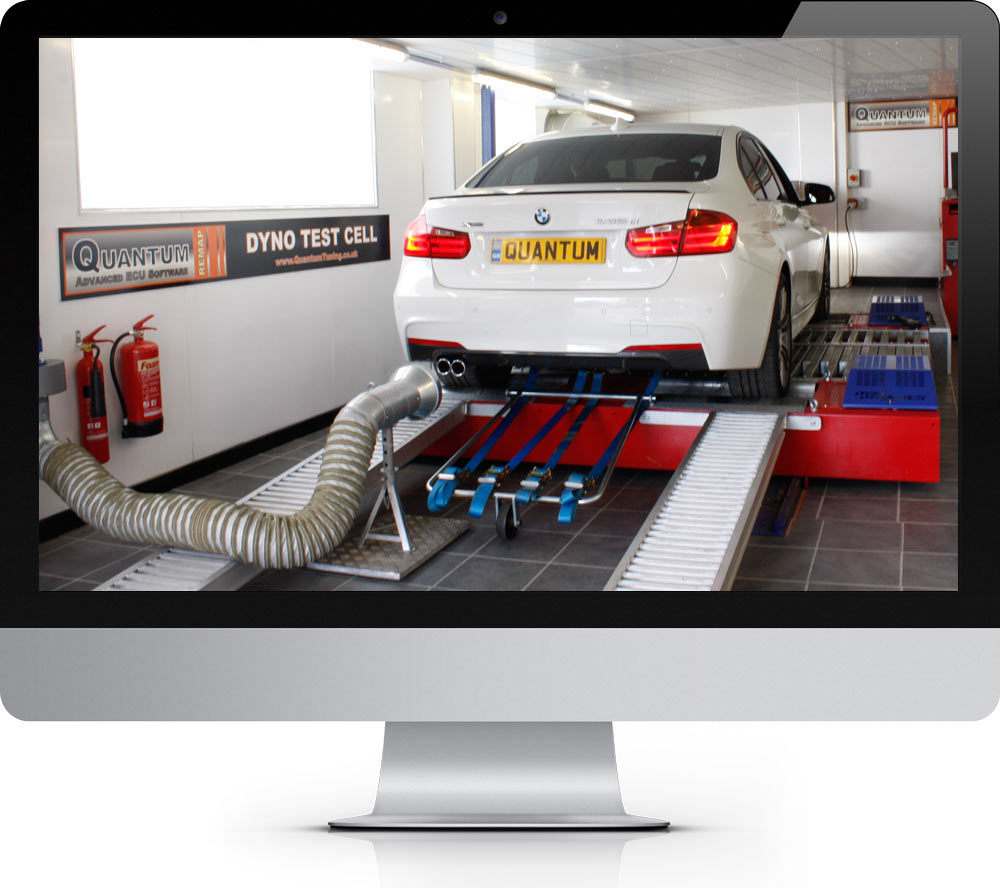What Type of ECU Remap Do You Need?
What Type of ECU Remap Do You Need?
Blog Article

When considering an ECU remap, understanding which type suits your car and driving needs is crucial. ECU (Engine Control Unit) remapping involves altering the software in your vehicle’s engine control unit to enhance its performance, fuel efficiency, or drivability. Depending on your goals—whether it’s more power, better economy, or smoother operation—different types of remapping are available. Here's a detailed guide to help you choose the right type of ECU remap for your needs.
1. Performance ECU Remapping
Best for: Drivers looking to enhance engine power and torque.
Performance remapping is aimed at unlocking the full potential of your engine. It’s designed for those who want to increase horsepower and torque, improve throttle response, and enhance overall driving experience. This type of remap adjusts parameters such as air-fuel ratios, boost pressure (for turbocharged engines), ignition timing, and more.
Benefits:
Increased horsepower and torque
Improved throttle response and acceleration
Better driving experience, especially for performance vehicles
Who should choose this? If you enjoy spirited driving or track days and want to maximize the performance of your engine, a performance remap is the way to go. It's also ideal for owners of modified cars or sports models who want to squeeze more power out of their engine.
2. Economy ECU Remapping
Best for: Drivers looking to improve fuel efficiency.
Economy remapping is designed for those who want to reduce fuel consumption and improve fuel economy without compromising too much on performance. It focuses on optimizing the air-fuel mixture and adjusting driving parameters to ensure your engine runs more efficiently. This remap files can improve your vehicle’s miles per gallon (MPG) by fine-tuning its engine management system.
Benefits:
Improved fuel efficiency and better MPG
Reduced emissions
Smoother and more efficient engine performance
Who should choose this? If you’re primarily focused on reducing running costs or do a lot of long-distance driving, an economy remap can provide significant savings on fuel. It’s also great for drivers who value lower emissions.
3. Towing ECU Remapping
Best for: Drivers who use their vehicles for towing or hauling.
If you use your vehicle to tow trailers, caravans, or heavy loads, a towing remap is specifically tailored to help your engine handle these demands. The remap adjusts parameters like torque delivery, throttle response, and engine load to ensure your engine performs optimally under load.
Benefits:
Improved towing capacity and smoother towing experience
Reduced engine strain and improved durability
Better fuel efficiency while towing
Who should choose this? If you regularly tow heavy loads or use your vehicle for work that involves hauling, a towing-specific remap can make the job easier, more efficient, and less taxing on your engine.
4. Custom ECU Remapping
Best for: Car enthusiasts looking for personalized tuning files.
Custom ECU remapping is the most flexible and tailored option. This type of remap allows for fine-tuning specific aspects of your engine management system based on your preferences and requirements. Whether you're aiming for a unique power curve, specific fuel economy targets, or improved drivability, a custom remap can be programmed to meet your exact specifications.
Benefits:
Highly personalized tuning based on individual driving needs
Flexibility to target specific areas of performance
Optimized for modifications like upgraded turbochargers, exhausts, or intake systems
Who should choose this? This is ideal for car enthusiasts who want the ultimate in customizability. If you’ve modified your car or have specific performance goals that off-the-shelf remaps don’t cover, a custom remap is the best choice.
5. Stage 1, Stage 2, and Stage 3 ECU Remapping
Best for: Drivers with performance goals, depending on their car modifications.
These "stages" refer to different levels of remapping based on the car’s current modifications:
Stage 1: No hardware modifications. It's the most common form of remap for stock vehicles. It provides a safe, noticeable increase in power and efficiency.
Stage 2: Involves some modifications like an upgraded exhaust, intercooler, or intake system. This stage allows for higher performance gains compared to Stage 1.
Stage 3: For heavily modified vehicles, such as those with significant turbo or supercharger upgrades, larger injectors, or other extensive hardware changes. This stage provides the maximum possible performance gains.
Benefits:
Each stage progressively increases power, torque, and efficiency
Stage 2 and Stage 3 remaps work in tandem with aftermarket performance modifications
Who should choose this? If your car has significant modifications, or you're planning to push the boundaries of your vehicle’s performance, a Stage 2 or Stage 3 remap may be the best option. Stage 1 is perfect for those looking for a simple performance boost without modifying the car.